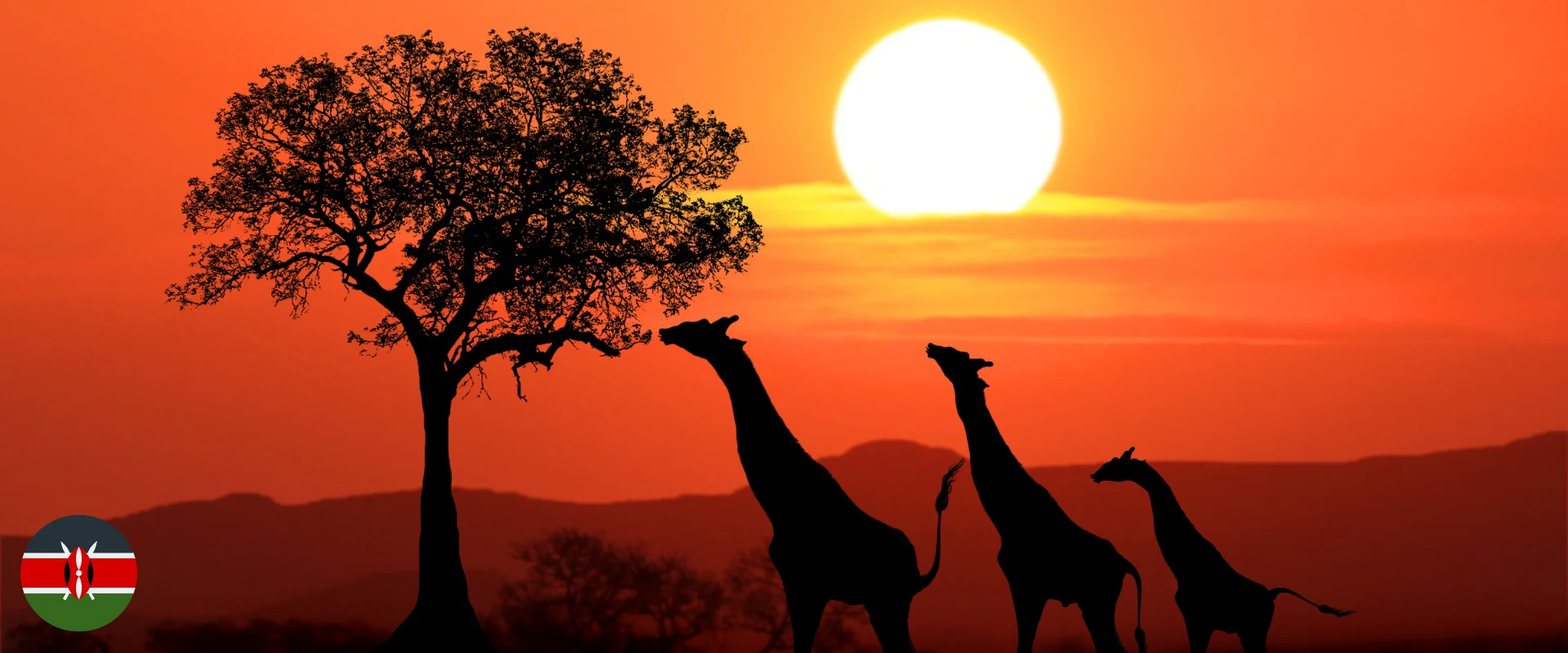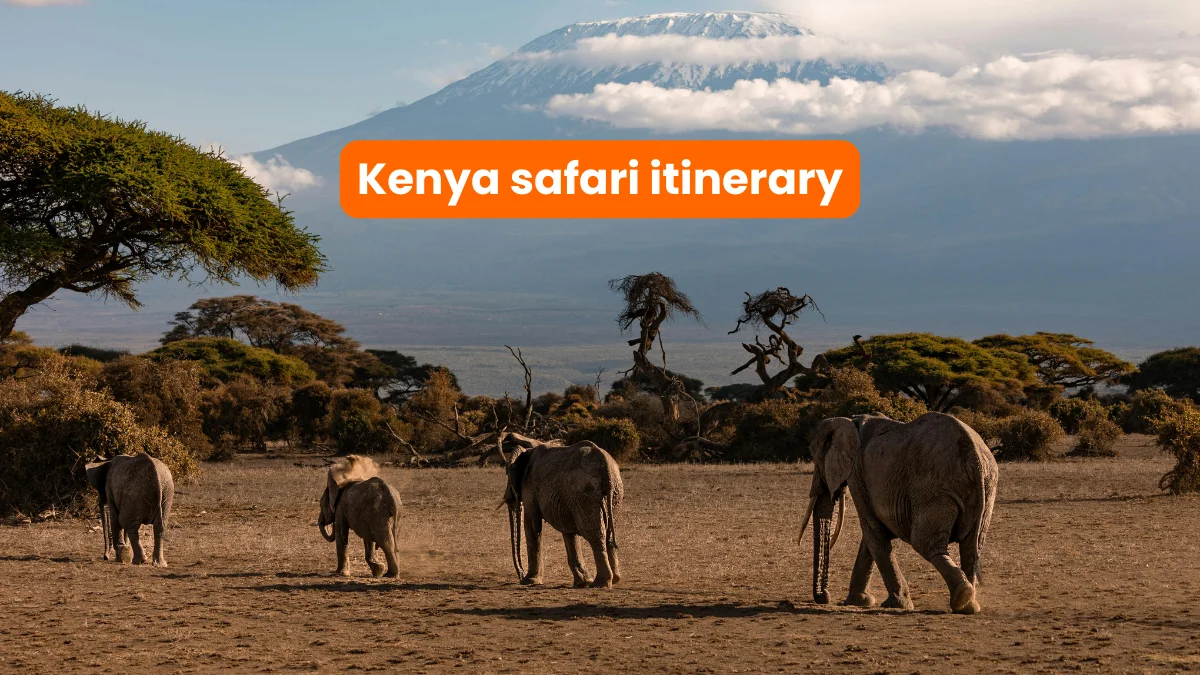Festivals in Kenya are dynamic expressions of cultural heritage, blending music, dance, and religious traditions into vibrant celebrations. These events provide a deeper understanding of Kenya’s diverse cultural identity, showcasing local customs and arts that captivate visitors.
Mombasa carnival
The Mombasa Carnival is a vivid celebration of culture, uniting various ethnic groups in a display of music, dance, and art. Held annually, this festival highlights the rich cultural heritage of Kenya’s coastal region.
- Colorful Parades: The carnival kicks off with grand parades featuring elaborate floats and costumes. Participants represent the diverse communities of Mombasa, including Swahili, Arab, Indian, and European influences. The parade travels through Moi Avenue, where spectators revel in the riot of colors, sounds, and rhythms that characterize the procession.
- Musical and Dance Extravaganza: Music and dance are central to the festivities, with live performances showcasing traditional and contemporary genres. Fascinating displays of Taarab and Chakacha music provide a rhythmic backdrop to the carnival, uniting both locals and tourists. Dance contests and performances by local artists highlight Kenya’s dynamic artistic talent.
- Culinary Delights and Artisans: Street vendors, food stalls, and craft markets immerse visitors in a sensory experience. Local delicacies such as biryani, samosas, and seafood are readily available, while artisans display textiles, wood carvings, and beadwork, offering insights into regional crafts. These marketplaces reflect the diversity of Mombasa’s cultural tapestry, enriching the festival’s appeal.
- Cultural Workshops: The festival extends beyond entertainment, offering cultural workshops and exhibitions aimed at preserving artistic traditions. Interactive sessions with artists and cultural practitioners engage visitors, fostering a deeper appreciation of Kenya’s heritage. Additionally, educational activities emphasize cultural preservation and unity among diverse communities.
The Mombasa Carnival is a celebration that connects the past and the present, creating an inclusive space for diverse expressions of cultural identity and artistry.
Lake Turkana Festival (tribal cultures)
The Lake Turkana Festival showcases the vibrant traditions of Kenya’s northern tribal communities, offering a rare glimpse into unique cultural practices. Each year, tribes gather at Loiyangalani for this celebration, emphasizing cultural solidarity and peace.
- Tribal Showcases: The festival features traditional music and dance from various tribes, including the El Molo, Rendille, Samburu, and Turkana. Performances highlight traditional dress, musical instruments, and age-old dances that convey cultural narratives, capturing the essence of tribal heritage.
- Sports and Competitions: Camel races and wrestling matches engage participants in spirited competitions, reflecting both historical traditions and communal interactions. These contests foster camaraderie and celebrate the distinctive aspects of each community’s identity.
- Intercultural Exchange: The festival promotes cultural dialogue among tribes, historically divided by resource conflicts. Through interactions, shared meals, and collective performances, tribes forge bonds over mutual experiences, underscoring commonalities amidst diversity.
- Craftsmanship and Exhibits: Detailed displays of tribal crafts, from pottery to traditional beadwork and weaponry, feature prominently. Participants have the opportunity to purchase authentic hand-made goods directly from artisans, learning about the cultural significance behind each piece.
By attending the Lake Turkana Festival, travelers can immerse themselves in tribal cultures, witnessing the diversity and unity that define Kenya’s northern communities.
Lamu Maulidi Festival (Islamic heritage)
The Lamu Maulidi Festival celebrates Islamic heritage and the birth of Prophet Muhammad, bringing the coastal town to life with Islamic music, dance, and cultural events.
- Processions and Music: The festival features Quranic recitations, processions through the narrow streets, and traditional Islamic music. Taarab and Sufi chants are performed in mosques and public squares, resonating with spiritual melodies that echo Lamu’s rich history.
- Cultural Displays: Visitors are treated to interactive cultural displays, such as dhow sailing competitions and Henna painting workshops. These activities provide insights into Swahili traditions and customs deeply entwined with Islamic culture.
- Art and Craft Markets: The festival includes vibrant souks, where traditional crafts, intricately embroidered textiles, and Swahili jewelry are on display. Engaging with artisans enhances understanding of cultural narratives through craftsmanship.
- Community Engagement: The festival fosters community engagement, with opportunities to participate in communal prayers, gatherings, and events. The inclusive spirit of the celebration reflects Lamu’s welcoming nature, inviting visitors to share in its cultural richness.
The Lamu Maulidi Festival offers a profound experience of Islamic heritage, weaving spiritual contemplation with community celebration, enriching the visitor’s journey through coastal Kenya.
Music, dance, and storytelling as cultural expression
Music, dance, and storytelling are integral cultural expressions in Kenya, preserving traditions and fostering unity across diverse communities. These forms of art are powerful vehicles for cultural continuity, celebration, and identity.
- Music and Dance: Kenyan music encompasses various genres, from traditional to modern influences. Ethnic groups like the Luo and Kikuyu feature prominently in Benga and Mugithi styles, utilizing instruments such as the nyatiti and orutu. Dance festivals, like Koroga in Nairobi, spotlight both emerging and seasoned artists, showcasing a fusion of African rhythms and international sounds.
- Storytelling Traditions: Oral storytelling remains vibrant, with griots and elders recounting tales rich with cultural wisdom and moral lessons. These narratives often feature mythical heroes or animals, transmitting knowledge and values that are essential for cultural cohesion. Storytelling sessions are common in cultural events, connecting audiences to communal histories and ideologies.
- Festivals and Events: Cultural festivals create platforms for music, dance, and storytelling. Events like the Lamu Cultural Festival celebrate Swahili heritage through performances and exhibitions, enhancing appreciation for Kenyan artistic expression. This integration of traditional and contemporary arts reinforces cultural pride and resilience.
- Cultural Preservation: These cultural expressions function as repositories of history and identity, balancing tradition with modernization. Continued support for artists and performers through festivals and programs ensures the sustainability of Kenyan cultural heritage, keeping musical and storytelling traditions alive.
Kenya’s rich tapestry of music, dance, and storytelling provides visitors with immersive experiences, illuminating the dynamic expressions of cultural identity and unity.



